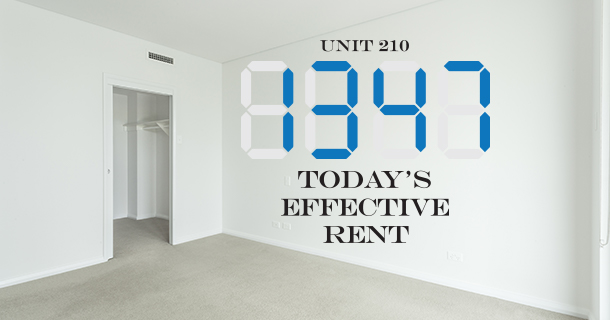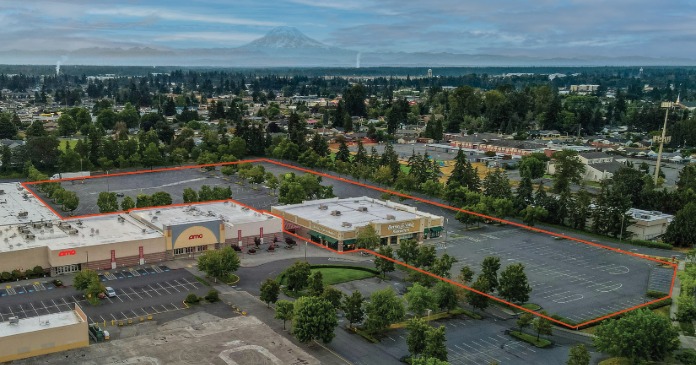But factor in the human element—as any smart business person will—and you can see any number of reasons to be afraid: Am I reducing the market value of my product? Am I angering my core customers? Does frequent discounting encourage people to wait until the last minute—and the lowest price—to buy?
Wharton operations, information and decisions professor Senthil Veeraraghavan has made it his business to help businesses figure out how to improve their outcomes with adjustable pricing models—without jeopardizing their relationships with customers. Here is a description of his research:
Changing prices on the fly—good or bad for business?
A lot of my research deals with dynamic pricing and how consumers respond to prices. Particularly, we look at data from firms and nonprofits to understand how we can adjust prices over time, over zones, over products, and make the pricing policies palatable, better for consumers, improve consumer welfare and also make the firm better.
This is a tricky operational problem. There is a marketing facet to it, which is how people respond to these kinds of price changes and adjustments. A lot of my research has been trying to understand the interface of these two issues and trying to connect them.
Two examples—stadium seats and symphony seats
In one paper, we look at data from a nonprofit enterprise—one of the most well-reputed symphony orchestras in the country. That’s an industry that faces a lot of challenges. They’re a nonprofit, so one of our objectives is to make them healthier than they are right now.
They treat their consumers as patrons—they are the source of their well-being. And therefore, one of the things that we looked at is how you can start thinking about adjusting prices so that not only do you do better revenue-wise, but also get more patrons into the theater, and improve the experience that they have when they go to the concert.
As a patron, if I go to the concert and it’s 80 percent full, I’m happy. If it’s 50 percent full, even at the same prices, I’m less happy. So the question is: How do you improve consumer utility in terms of how patrons feel—the perception that they have after the concert—and how willing they are to go to the symphony repeatedly based on the experiences that they have?
We found that one of the things that really mattered was the history of prices. Where you start matters, how you move prices up or down matters, and for which concerts you move prices down versus which concerts you move prices up, that matters a lot. Where people are seated matters.
So we have a static pricing problem; we have a dynamic pricing problem; we have a product variety problem. And all of these are very intricate operational problems that we have to solve together to make it better for the organization.
The second paper looks at data from a major-league sports team in the United States, which is a completely different context if you think about it.
Here, revenues matter, popularity matters, profits matter, the players’ well-being matters, fans’ well-being matters. But there are many, many similarities. Again, we found common issues.
First, the question is where you start with static pricing. Then, how do you adjust prices? How do you price games? Can you fill the stadium? Can this improve welfare? All of this ends up being very important at the end.
So to come back, the collective focus of our research is to understand how operations and marketing of pricing matter together, and how we can improve the welfare of both the firm and the consumer.
Key findings
One of the things that is often discussed in the real world is how consumers respond to businesses using dynamic pricing. There’s a lot of controversy about whether people find it favorable, whether people hate it, and whether it’s the right practice. One of the things that we found out was that firms do want to understand this better and they already have tools to do this better.
What we found from our data is a lot of consumers do understand why firms do have to adjust prices—why a symphony has to increase or decrease prices based on the popularity of concerts, for example. They don’t mind paying slightly higher prices if they had a much better experience. So there’s always a question about how you can improve the experience from the product, the utility of the product, and whether consumers are much better off even with a slight price increase. That’s really something that drives a lot of our results. We found it interesting that consumers respond positively to price adjustments. At the same time, the value is there and we have to do this carefully and calibrate it very well, that’s also important.
Fears of a backlash
One of the things that makes firms a little bit worried about jumping into dynamic programming, dynamic pricing, is that they’re always unsure whether consumer responses to price adjustments are going to be extreme. That makes firms wary of trying various things. What has happened in recent years, though, is that with the help of mobile devices and experimental improvements we can do a lot of testing. But it’s important to recognize we cannot test forever. We have to do a careful study of what kinds of policies we can test for. And much of the testing happens in sequence.
One firm that we looked at wanted to change its pricing policy, and they were studying different price policies over time. As they were changing policies, they had to also understand how consumers were responding to the different policies. We were able to tease out a methodology that can tell them, “This policy caused the consumers to come more often.” “This policy changed how they chose between different seats.” The certain pricing policy that we tested for, based on the number of days there were before the game, changed how far ahead of the game or how close to the game they chose to buy tickets. For every policy, we could test out what kind of changes it created in terms of how consumers bought the tickets.
That helps us to go back and say if a firm wants to focus on a particular question, let’s say: “I don’t mind my revenues being flat, but I want consumers to buy the same product maybe five days ahead. Can we do that?” Being able to experiment, test policies, and study and calibrate them helps us to understand what kind of changes we can create in behaviors.
Integrating the Human Element
Classically, if you think about an operations research problem, we would treat it as an optimization problem. They would just say, “Here is the demand. Here is the demand curve. Here’s a product or a set of products that you have. Let’s just go and optimize.” This is great. This is challenging. This is mathematically very beautiful. But what we want to also think about is that any optimization you do within your firm is going to affect people. It’s going to change how people respond, how people behave. The overwhelming goal—the trajectory of my research focus—has been on understanding that these are people making decisions—it’s important to their lives, it’s important to their experience. We have to integrate how they behave, how they factor their decisions into our optimization problems.
So now we have a more intricate operational problem where we adjust things constantly, but we also wonder how it changes people’s decisions and responses. And again, you integrate that back into your optimization problem. This makes a problem challenging, complicated, harder, but much more enjoyable and much more relevant to the community.
What’s next
There are many challenges. Consumers behave in very different ways. There are always firms that are looking for different data. One of the challenges that we have is we know very little about how optimally we can price products, how dynamically we can price products in various settings. It’s constantly changing. We can think of pricing tickets for a hockey team in a way that’s completely different from “surge pricing” the way Uber or Lyft do. How do consumers respond and call taxis when you change prices? That’s a completely different setting.
Then, think about how you change shipping prices when customers ship from one part of the country to some other part of the country? All of these have the same theoretical flavor, but different applications. In each of these applications, consumer response is quite diverse, quite different.
The challenge is to take all this research and theory and make it more applicable to these real problems.
Source: Knowledge@Wharton
















